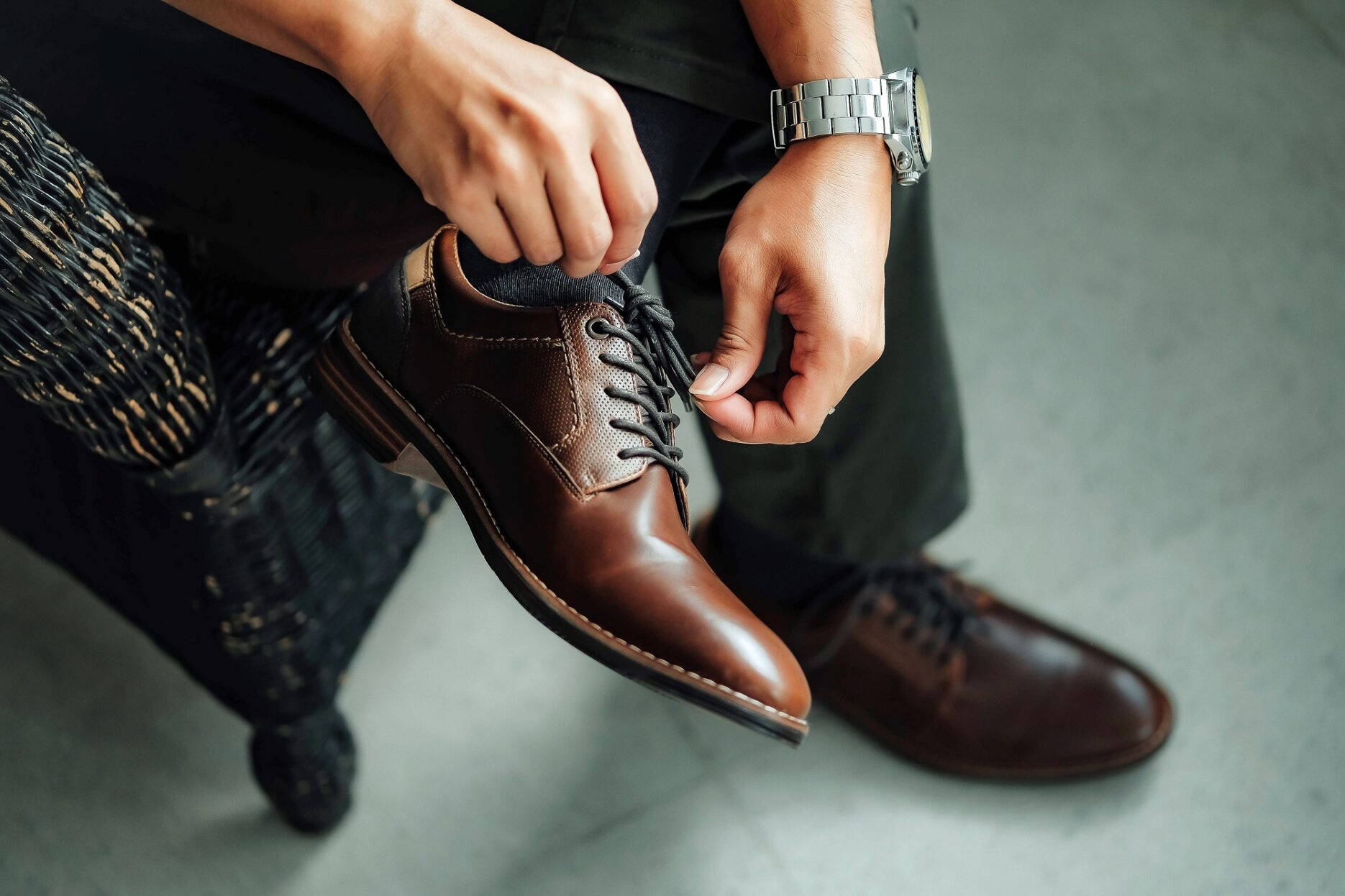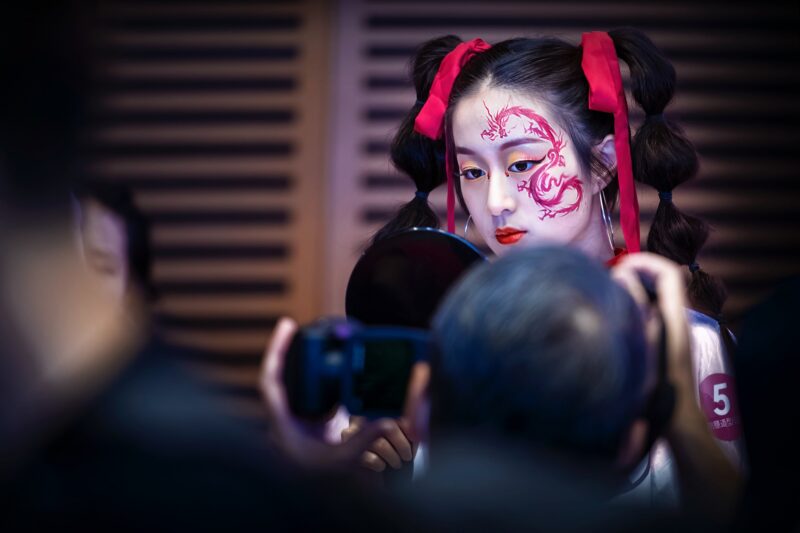If you buy a pair of luxury shoes in China, you are going to be paying much more compared to your fellow consumers in other major foreign markets, including the neighbouring Asian country of Japan, and its western counterparts such as the EU, UK and the US. This was revealed in the Decoding Luxury Footwear report published in early February by Lectra, a Partisan digital data services provider.
Data recorded by Retviews, a competitive intelligence platform for fashion brands and retailers that is owned by Lectra, shows that global luxury labels have “significantly higher price points in China for their men’s footwear offerings.”
Global luxury labels have “significantly higher price points in China for their men’s footwear offerings”.
Focusing on four of the top 10 luxury brands that have gained significant popularity among high-earning Chinese luxury footwear shoppers, the report found the Italian fashion house Bottega Veneta had the lowest price difference, making it 14% more expensive in China while its French peer Louis Vuitton had prices which were nearly double in the Chinese market compared to the European market. Prices of footwear produced by Ferragamo, another Italian luxury shoemaker and Prada, however, were even higher at 50%.
The reason there is a price differentiation is due partly to cross-national transportation costs. A luxury industry insider who requested not to be named said the pandemic coupled with the global inflation crisis only pushed the price up further. He also told Dao Insights that the increased demand for luxury men’s footwear seen in the market plays a role in this occurrence too.
Findings in the latest 2022 Douyin Luxury Industry Annual Report published by Trend Insight, a market research institute arm under ByteDance, are reflective of his views. The category of luxury shoes is seen to have been expanding its position as a whole within luxury consumption in China, especially in the digital landscape. In 2022, the Chinese version of TikTok saw a growth of 89.4% in views of content related to luxury shoes, closely followed by luxury clothing (126.6%).
Men are the leading force of consumption in this category, making up 80% of online luxury footwear buyers.
Men are the leading force of consumption in this category. They make up 80% of online luxury footwear buyers, with the majority being the social media savvy age groups between 18 and 23 years old. In terms of styles, Derby shoes and heeled shoes are seen to be on the rise. Such a strong appetite for luxury shoes amongst this demographic could also lead to other luxury brands hiking up the price for the market. “There is definitely a tendency [amongst brands] to set a higher point in China because there is a stronger spending power,” added the market insider.
Despite consumer enthusiasm, the industry expert, however, doesn’t think having such a significant price differentiation for the lucrative market is a sustainable strategy for global luxury labels in the long run. “During the COVID years, Chinese people were not travelling. So brands were trying to make the best of the local market. But don’t forget, Chinese people like to travel, and Chinese tourists account for roughly 35% [as of 2019] of the world’s luxury purchases.”
Such a significant price differentiation for China is not a sustainable strategy for global luxury labels in the long run.
It is reported that mainland Chinese shoppers’ willingness to travel reached a record high at 76% following the reopening of its borders on 8 January, accelerating market recovery in regions like the Asia Pacific and Continental Europe. Whilst the subsequent COVID tests imposed by some European countries on inbound travellers from China potentially slowed down the reboot for the latter, the image of the market is expected to be brighter since member countries scrapped COVID tests for travellers from China in the middle of February.
Speaking from his base in Italy and seeing more Chinese tourists returning, the luxury observer continued, “You [brands] don’t want to penalise Chinese consumers who refrained to purchase in the local market by having their products be more expensive there than those in the European market for example. This is true considering the population is starting to travel and they have more choices now. That will bring down the price difference as a result.”









